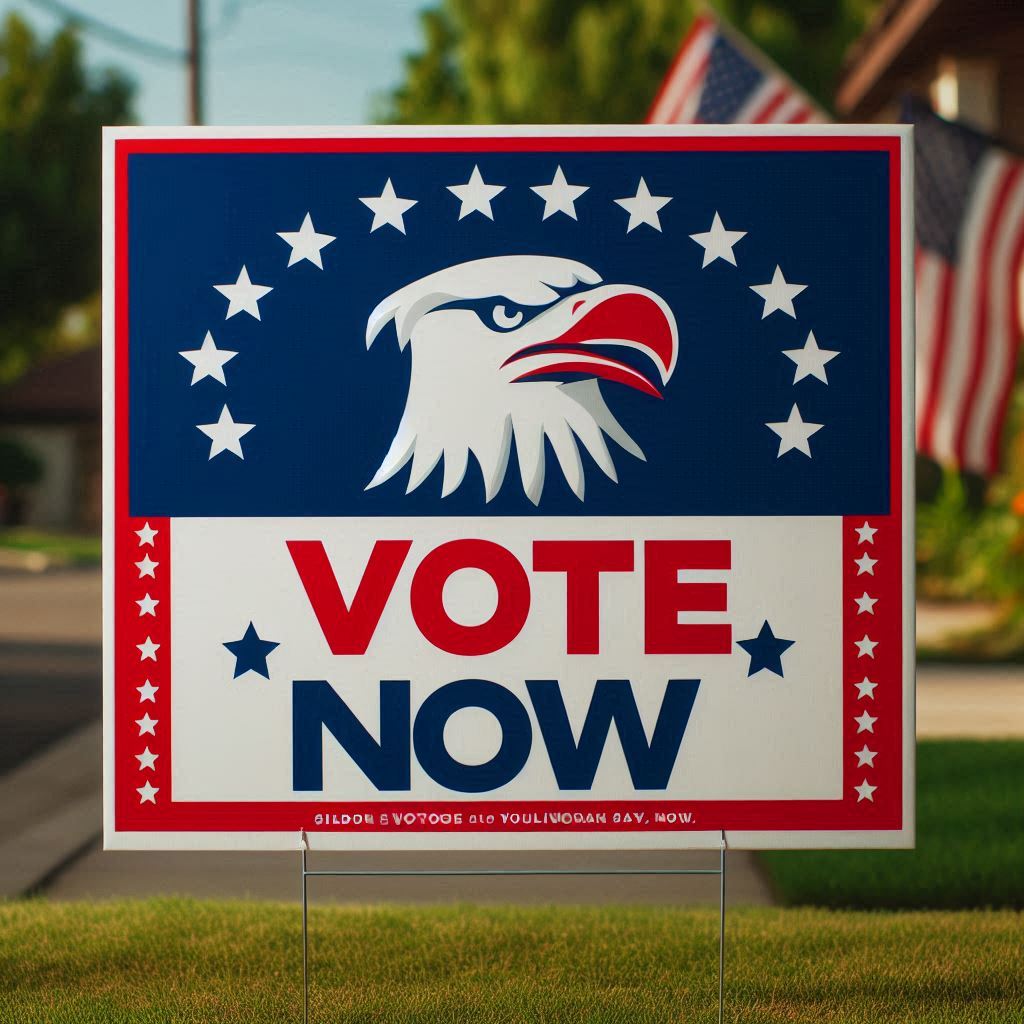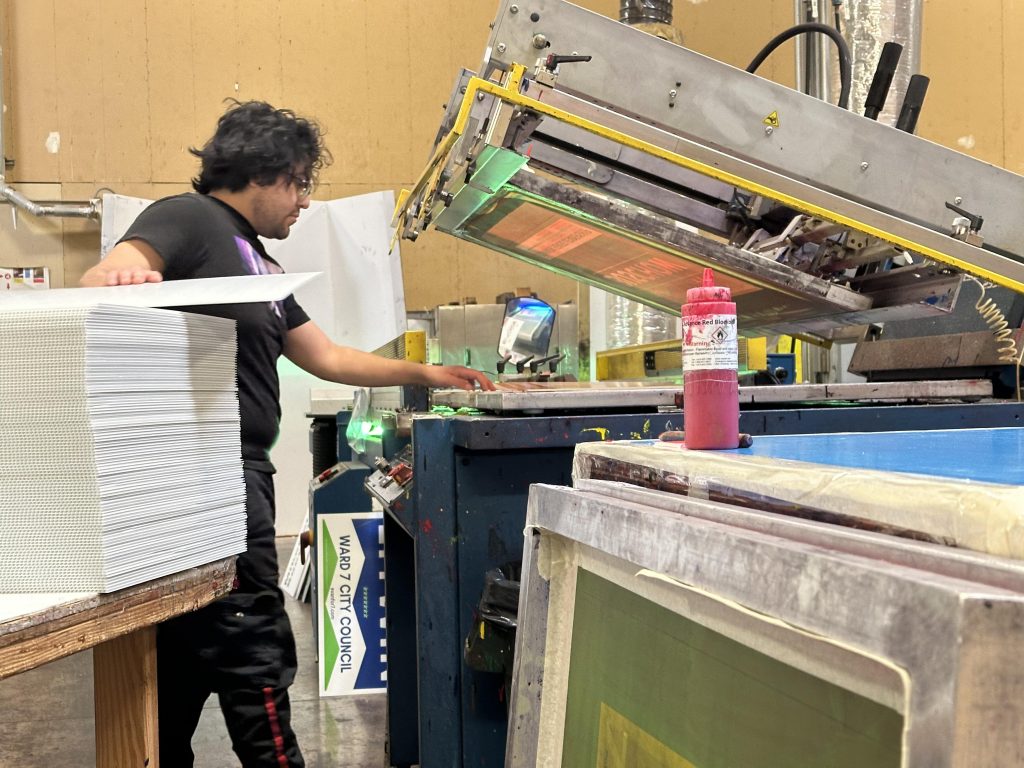What size are political yard signs?

Table of Contents
- Introduction to Political Yard Signs
- Standard Sizes of Political Yard Signs
- Customizing Yard Signs
- Design Tips for Political Yard Signs
- Material Considerations for Yard Signs
- Legal Regulations and Restrictions
- Conclusion
Introduction to Political Yard Signs
Political yard signs have long been a staple in campaign strategies, serving as a powerful tool to increase candidate visibility and support. These signs are prominently displayed in yards, along roadsides, and in public spaces to capture the attention of potential voters. One critical aspect of creating effective yard signs is choosing the right size. In this comprehensive guide, we will explore the common sizes of political yard signs, customization options, design tips, material considerations, and relevant legal regulations.
Standard Sizes of Political Yard Signs
Popular Dimensions
When it comes to political yard signs, there are a few standard sizes that are most commonly used. These sizes have proven to be effective in terms of visibility and cost-efficiency. The most popular dimensions include:
- 18″ x 24″: This is the most common size for political yard signs. It offers a good balance between visibility and cost, making it a favorite choice for many campaigns.
- 12″ x 18″: Slightly smaller, this size is often used for secondary or supplementary signs that are placed in high-traffic areas.
- 24″ x 36″: Larger political signs like these are ideal for locations where greater visibility is needed, such as busy intersections or along highways.
- 4′ x 8′: These are considered billboard-sized signs and are typically used in strategic locations to maximize exposure.
Why Size Matters
The size of a political yard sign significantly impacts its effectiveness. Larger signs are more visible from a distance, making them suitable for high-traffic areas. However, smaller signs can be more cost-effective and easier to distribute in larger quantities. The choice of size should align with the campaign’s overall strategy and budget.
Customizing Yard Signs
Custom Size Options
While standard sizes are popular, many campaigns opt for custom-sized yard signs to better suit their specific needs. Custom sizes can be particularly useful for unique display areas or special campaign events. Common customizations might include unique shapes or dimensions that stand out from the usual rectangular format.
Factors Influencing Size Selection
Several factors should be considered when selecting the size of political yard signs:
- Location: Signs placed along busy roads or highways should be larger for better visibility.
- Budget: Larger signs typically cost more, so budget constraints can influence size choices.
- Message Length: If the sign includes a longer message or multiple elements (e.g., candidate name, position, slogan), a larger size might be necessary.
- Local Regulations: Some areas have restrictions on the size of yard signs, so it’s important to verify local ordinances before ordering.
Design Tips for Political Yard Signs
Visibility and Readability
Effective design is crucial for political yard signs. Here are some tips to ensure your signs are easily seen and read:
- Font Size: Use large, bold fonts that are readable from a distance.
- Contrast: High contrast between text and background colors improves readability.
- Simplicity: Keep the design simple and focused on key information, such as the candidate’s name and the office they are running for.
Color and Font Choices
- Color: Choose colors that stand out in various environments. Red, white, and blue are traditional choices for political signs in the U.S., but other combinations can also be effective.
- Fonts: Stick to clean, sans-serif fonts for better readability. Avoid overly decorative fonts that can be hard to read from a distance.
Material Considerations for Yard Signs
Common Materials Used
Political yard signs are typically made from durable materials that can withstand outdoor conditions. The most common materials include:
- Corrugated Plastic (Coroplast): Lightweight, cost-effective, and durable, making it the most popular choice.
- Polyethylene: Another durable and weather-resistant option, though typically more expensive than Coroplast.
- Aluminum: Used for larger, more permanent signs due to its durability and weather resistance.
Durability and Weather Resistance
Ensuring that yard signs are durable and weather-resistant is essential, especially for campaigns that run over several months. Corrugated plastic is particularly favored for its ability to withstand various weather conditions without significant wear and tear. Additionally, UV-resistant inks should be used to prevent fading from sun exposure.
Legal Regulations and Restrictions
Local Ordinances
Before installing political yard signs, it is important to be aware of local regulations. These rules can vary widely and may dictate:
- Size limitations: Maximum dimensions allowed for yard signs.
- Placement restrictions: Rules about how far signs must be set back from roads or neighboring properties.
- Duration: How long signs can be displayed before and after an election.
Placement Guidelines
Strategically placing yard signs is crucial for maximizing their impact while complying with legal requirements. Consider these guidelines:
- Visibility: Place signs where they will be most visible to passing traffic and pedestrians.
- Safety: Ensure signs do not obstruct drivers’ views or violate local traffic safety laws.
- Permission: Always obtain permission from property owners before placing signs on private property.
Conclusion
Choosing the right size for political yard signs is a critical decision that can significantly influence a campaign’s success. By understanding the standard sizes, customization options, design tips, material considerations, and legal regulations, you can create effective and compliant yard signs that boost candidate visibility and voter support. Whether you opt for the popular 18″ x 24″ size or a custom dimension, ensuring your signs are well-designed and strategically placed will maximize their impact on your campaign.

